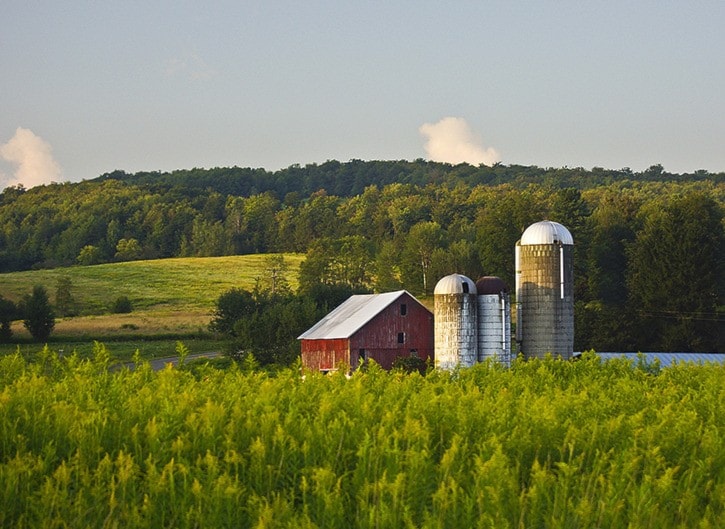BY KALISHA MENDONSA
Just in time for Agricultural Safety Week, St. John Ambulance and Ag for Life have teamed up for a new program handling farm safety.
A joint press release from earlier this week stated, “St. John Ambulance and Ag for Life are pleased to announce the launch of a joint training initiative to help families who live and work on farms prepare and respond to emergencies.”
The inaugural First Aid and Safety on the Farm class will be held this month in Grande Prairie.
According to the release, agriculture is one of the most hazardous occupations worldwide.
Each year in Alberta there are over 18 agricultural-related deaths and hundreds of injuries. Machinery, rollovers, and animal-related events are the predominant causes. Quick use of first aid and CPR in the event of an emergency has been proven to save lives in the event of these types of incidents.
“Agriculture is the second largest industry in Alberta and an important part of our way of life, so we see the safety of all those involved as a high priority. Encouraging farm families and communities to participate in safety events is a great way to raise the awareness and importance of keeping everyone safe on the farm,” says Ag for Life CEO Luree Williamson.
The Safety on the Farm content includes valuable information about common hazards on farms, potential risks, injury prevention, emergency response procedures and control measures to reduce hazards.
Kaley Segboer, marketing and communications coordinator with Ag for Life, said the partnership is very exciting.
“Farm safety programs like these really help participants to give themselves and those around them the knowledge to stay safe. This teaches them communication tools and ways people adapt safety practices to their own farm,” Segboer said.
The program of instruction provides students with specific knowledge and skills that will enable them to:
- recognize when first aid is required
- give first aid to casualties at the scene of injury or sudden illness
- recognize when qualified help or medical aid is required
- prevent injuries through safety promotion
- relate First Aid and injury prevention to a rural or farm environment
The Emergency and Standard First Aid components offered are both Alberta OHS approved courses. The first aid course together with the Safety on the Farm module teaches students how to properly respond to farm emergencies and injuries.
When completed successfully students will receive two certificates - one for Safety on the Farm and one for First Aid training.
“Recognizing the risks inherent in working on farms and in agriculture, we are pleased to be working with Ag for Life on this joint training initiative,” said Beverly Lafortune, vice president of training and community services with St. John Ambulance.
“This joint initiative will help ensure families who work and live on family farms are equipped with the skills and confidence they need to be better prepared for emergencies and help to reduce the number of serious injuries.”
The Safety on the Farm program will run people through a number of different scenarios, and encourages the participants to expand their understanding by relating the issues to how operations run on their own farms.
As well, the program encourages emergency preparedness so that those residing on or working on farms are aware of their surroundings, tools and practices they might need to access in the case of an emergency.
“This program is designed so that if there ever is an issue on the farm, you are trained to be able to appropriately handle that situation,” Segboer said.
“A key part of this program is working through farm-based scenarios, and part of that is educating the public on what they do while they are waiting for emergency services to arrive after an incident.”
Segboer explained it can be difficult for people to remember that emergency response times are much longer in rural communities, and citizens should be prepared to handle the wait time should the need arise.
She said the program offers a variety of scenarios that would allow citizens to keep another person stable while they wait for assistance.
“The other side of this program is looking at what people can do before they ever even have to deal with an emergency,” she added, noting things like boundary lines for locations, understanding safe practices and recognizing potential hazards of a work space before beginning a task.
Segboer said this program is a perfect fit for the organization’s mandate, and that she and the rest of the Ag for Life team are excited to see it roll out in communities through the coming weeks and months.
kmendonsa@lacombeexpress.com
